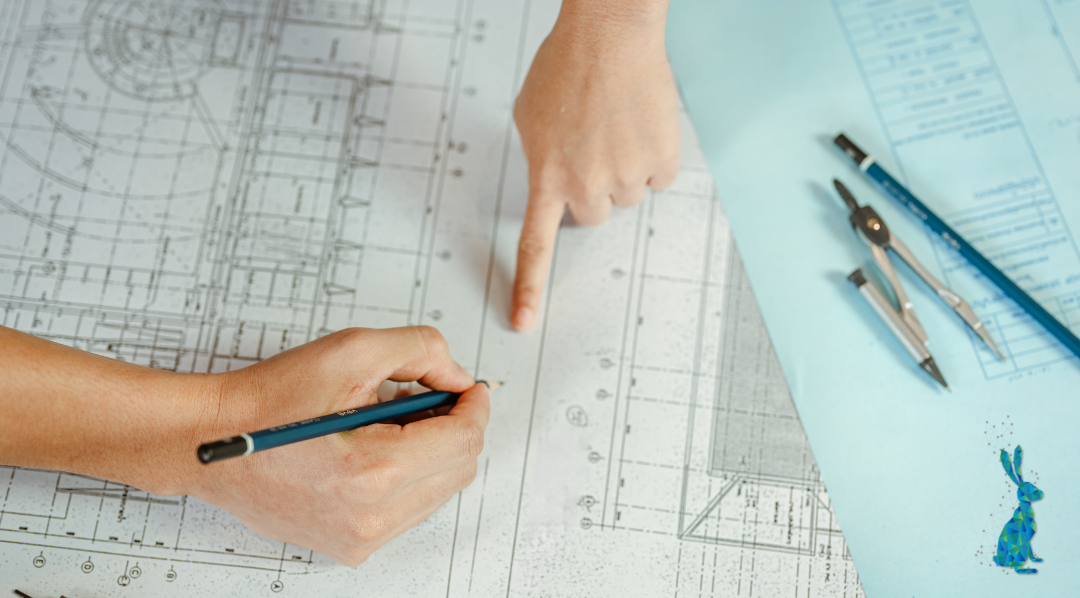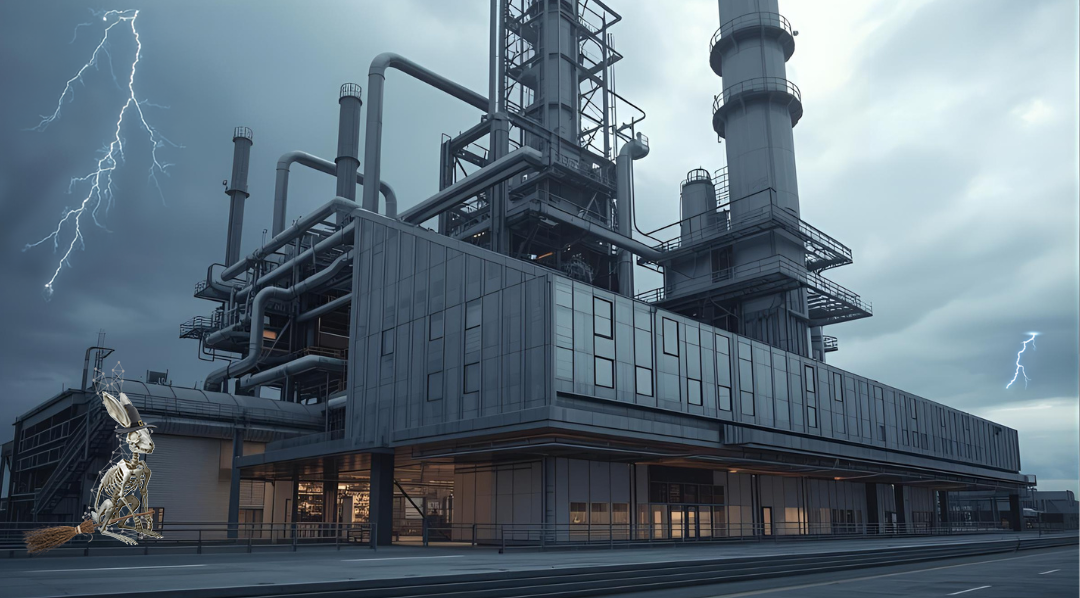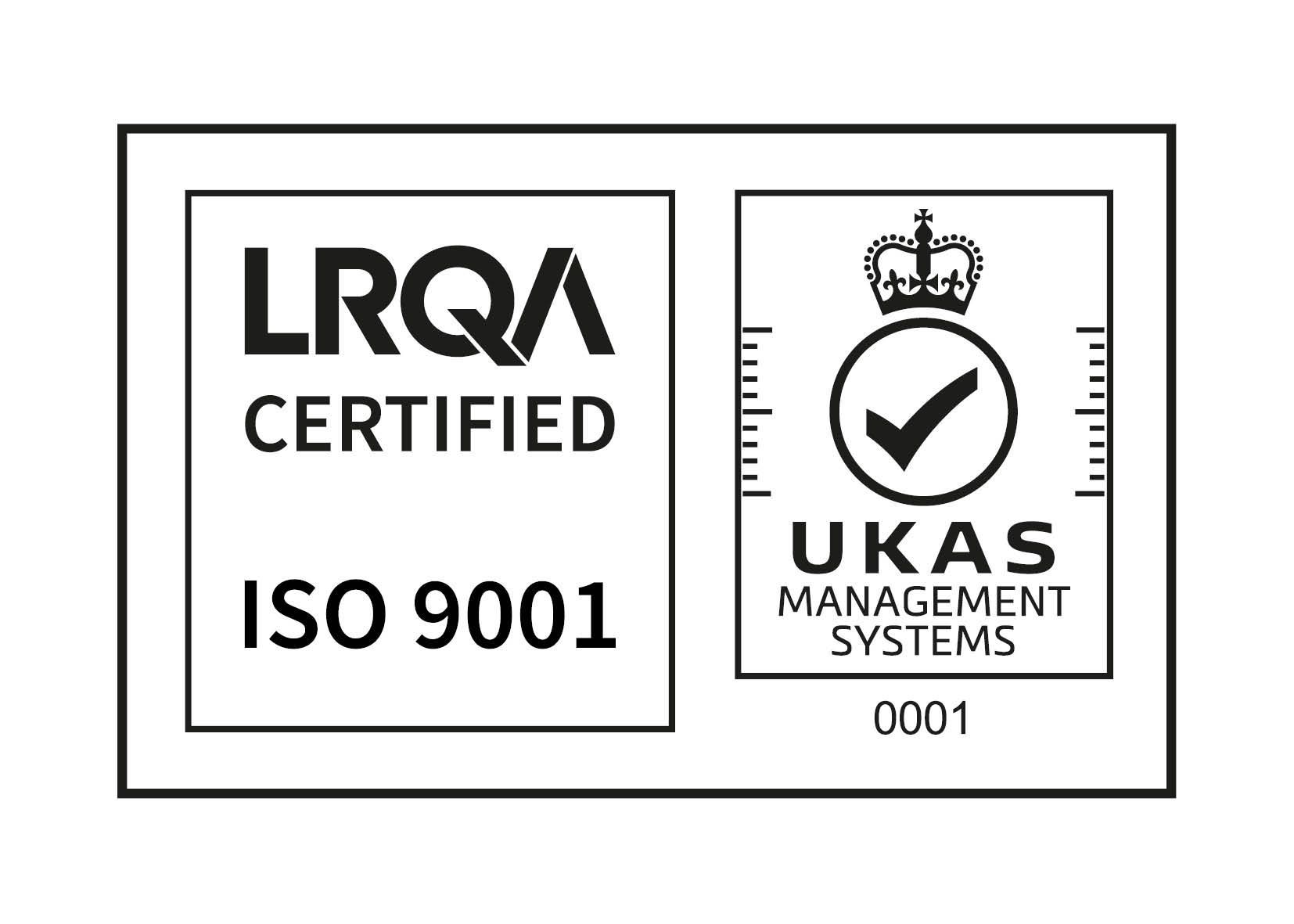How to Calculate the ROI of 3D Laser Scanning for Your Next Project

How to Calculate the ROI of 3D Laser Scanning for Your Next Project
Date: 03rd March 2025
Is 3D laser scanning worth the investment?
Balancing cost, time, and quality is always a challenge when planning an engineering project. While choosing the cheapest option might seem like a smart move initially, if it leads to inaccuracies, delays, or costly rework, those savings quickly disappear.
So, one of the biggest questions when investing in new technology for your project is whether the return on investment (ROI) justifies the upfront cost. Or is it just going to be additional cost and time?
The benefits of 3D laser scanning aren’t always immediately obvious, but they can be substantial. So, how can you calculate the ROI of 3D laser scanning and determine if it’s the right choice for your next project?
Understanding 3D laser scanning’s role in development projects
Before jumping into ROI calculations, it’s worth brushing up on how 3D laser scanning actually fits into design projects, especially in chemical plants.
This technology makes it easy to capture highly accurate site data, producing detailed digital models of existing structures. These models become a solid foundation for engineering design, modifications, and compliance documentation. Unlike traditional measurement techniques which often rely on manual effort and come with a risk of human error, 3D laser scanning is a faster, more precise, and non-intrusive way to gather reliable data. It removes the guesswork, speeds up the process, and ensures everyone involved has access to accurate, up-to-date site information.
Why choose 3D laser scanning over traditional methods?
One of the biggest advantages of 3D laser scanning is its ability to capture data from hard-to-reach areas. This is particularly useful in chemical plants where safety risks are an important concern. Engineers can use the generated 3D models to analyse existing conditions, identify potential design clashes, and make sure new installations or modifications fit seamlessly into the current site set up. This significantly reduces the likelihood of errors or delays during the execution phase of a project and means that teams can collaborate and move from phase to phase on a project without friction.
Scan data is also essential for asset management and maintenance planning. Its highly detailed as-built models allow facility managers to track structural changes over time, making it easier to plan renovations, upgrades, and inspections. Maintaining accurate digital records also helps meet regulatory compliance requirements, reducing the risk of fines or project delays.
This is all great, but can you actually calculate the ROI of 3D laser scanning?
Yes! When looking at the cost-benefit side of things, it’s all about comparing what you invest upfront versus the savings you’ll gain. Some of the biggest cost reductions come from cutting down on labour for manual measurements, reducing errors that lead to rework, and speeding up project completion times, which means lower overheads. Plus, there are long-term savings from better maintenance planning.
The direct and indirect cost benefits of 3D laser scanning
One of the biggest ways 3D laser scanning saves money is by reducing the need for manual measurements. With fewer people required on-site, labour costs go down. Accurate data is captured from the very start, helping avoid costly rework, design changes, and delays. Projects also move faster thanks to the streamlined data collection process, which means less money is spent on overhead costs.
Beyond the direct savings, there are plenty of other financial benefits over the long run. Safety is a big one: Fewer site visits means there’s less potential for accidents, lowering insurance and liability costs. More accurate designs also help optimise material use and reduce waste.
Regulatory compliance is another aspect of the project that benefits since precise documentation ensures projects meet industry standards, preventing costly penalties. Having these detailed as-built models also makes long-term maintenance planning much easier, leading to better asset management. Ultimately, this means teams become more productive because they can focus on design improvements instead of fixing measurement errors.
Calculating the ROI of your laser scanning project
To figure out the ROI of 3D laser scanning, project managers should take a few key factors into account:
Initial Investment/The cost of using the 3D scanning service.- How much time is saved by quicker data collection and design adjustments?
- The money is saved by avoiding rework and material waste.
- The project efficiency and how faster completion times mean lower overall costs.
- The long-term benefits of laser scan data such as safer operations, better compliance, and improved maintenance planning.
Using this data, here’s how you calculate ROI:
Total Savings - Initial Investment / Initial Investment x 100%
So, let’s say a chemical plant invests £50,000 in 3D laser scanning services. By using the technology, they save £30,000 in reduced labour costs, £25,000 in minimised rework, and £20,000 in improved project efficiency, totalling £75,000 in savings.
This would mean that:
ROI = 75,000 - 50,000 / 50,000 x 100 = 50%
This means the company gets a 50% return on its investment, making 3D laser scanning a financially smart choice.
Next steps
If you’re managing projects at a chemical plant and looking for a way to cut costs while improving accuracy, 3D laser scanning is a smart investment. Not only will it save time and money, but it’ll also boost safety and make compliance a lot easier.
Curious about how 3D laser scanning could work for your next project? Let’s chat! Book a call with our team today and see the benefits for yourself.




